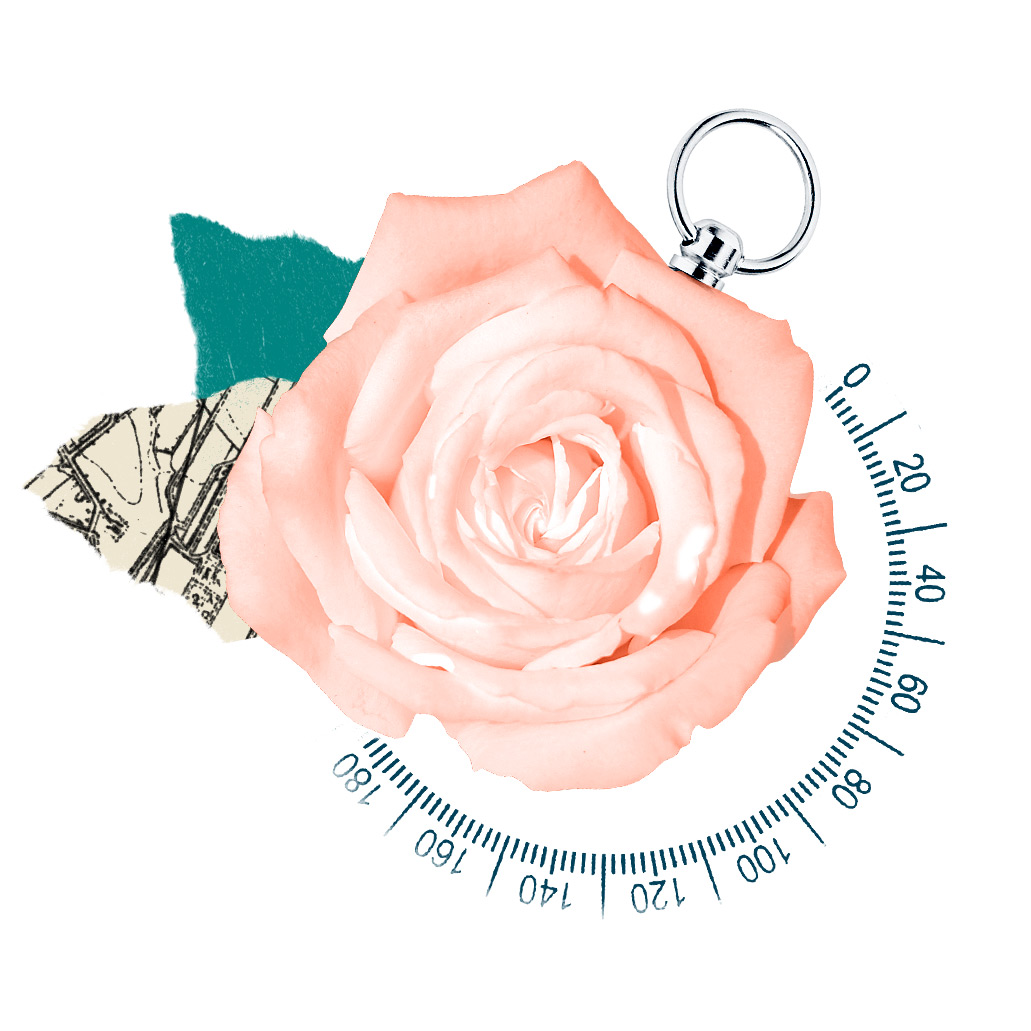Find Lessons
We’ve scoured the best sources from around the world and put them in one place. Use our filter below to find what works best for you and your students.

We’ve scoured the best sources from around the world and put them in one place. Use our filter below to find what works best for you and your students.

29 Results Meet Your Requirements
Watch a video by Yad Vashem on the ghettos that features diary entries from a child living in the Lodz ghetto.
Create a poem based on letters written by Holocaust victims sent to family members from home, hiding, ghettos, prisons, and concentration camps.
Using the art and experience of one individual, Franz Karl Bühlerthis lesson asks students to examine the connections between culture and ideology using the Nazi staged art exhibition, “Degenerate Art” and the Nazi T4 program.
Explore art created by victims of Auschwitz and the reasons and risks people took in order to create them.
Students will watch a video with testimonies from people that fought as Jewish partisans. This lesson will go over the myth that Jews did not resist, contradict it, and open up a discussion on changing the narrative.
Students will watch a clip of the 1984 German film Die Wannseekonferenz, witnessing how Nazi officials controlling various facets of German bureaucratic life worked together to make decisions surrounding the minutiae involved in organizing the genocide of 11 million people.
Read excerpts from Elie Wiesel’s Day of Remembrance addresses. Students will have a discussion about commemoration and remembrance.
Experience the vitality and power of a song written and sung by prisoners in the Dachau Concentration Camp in southern Germany by inviting your students to critically evaluate its lyrics.
Explore the power that propaganda can have on young people, especially when it is presented as part of everyday culture.
Complete an activity having students analyze photographs from the Holocaust with and without context; the photos are from the United States Holocaust Memorial site. Students see the actions of perpetrators, bystanders, and victims in these primary sources.
Explore the preparations made by Hitler as he geared up for war. Read through a secondary source, with excerpts from some primary sources, in order to get an understanding of how these actions were viewed. Explained as defensive measures, Hitler began increasing the military, reconstructing the German air force, and taking back the Rhineland.
Read through an account by survivor Primo Levi on identity in the camps and then take the class through an activity on dehumanization using the Echoes & Reflections Timeline of the Holocaust.